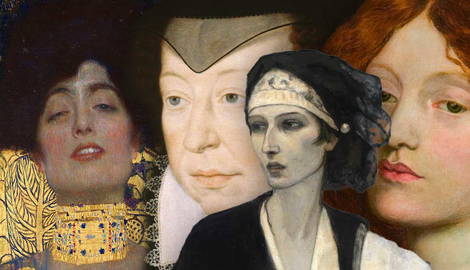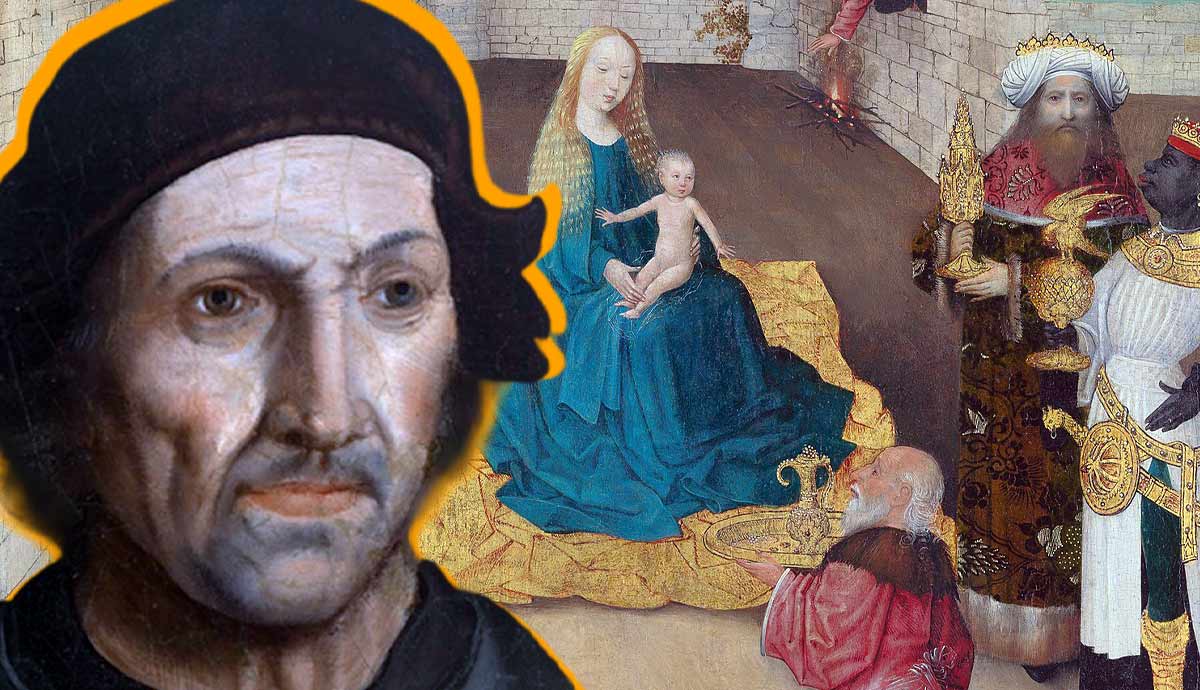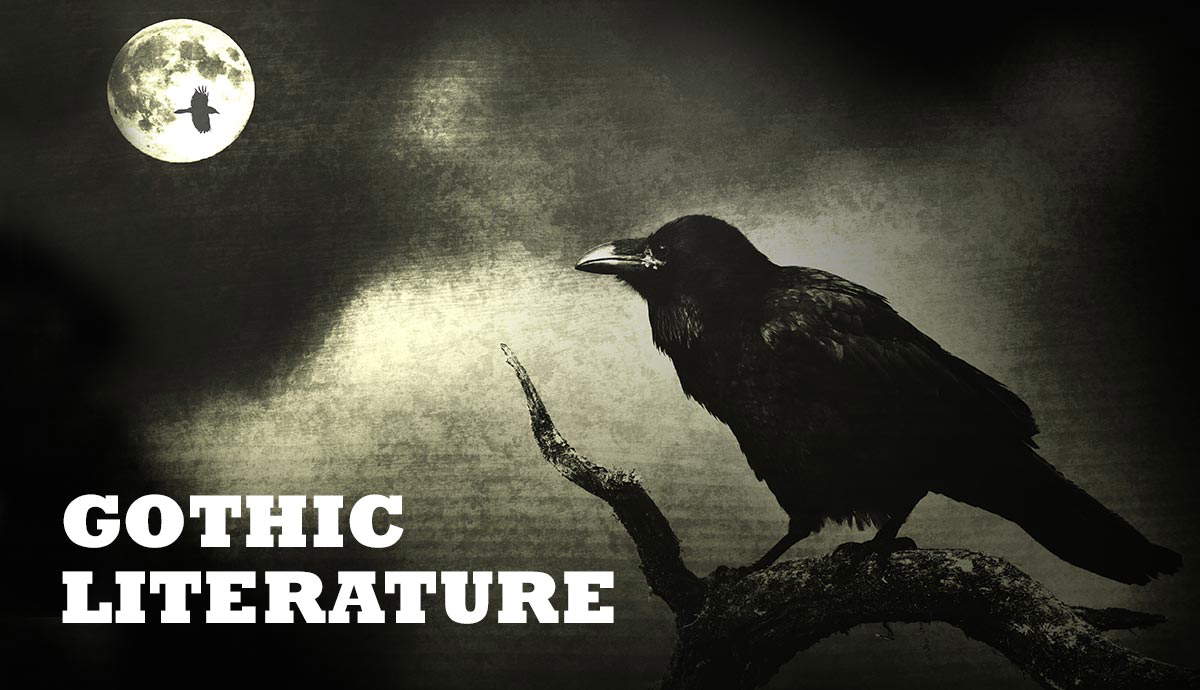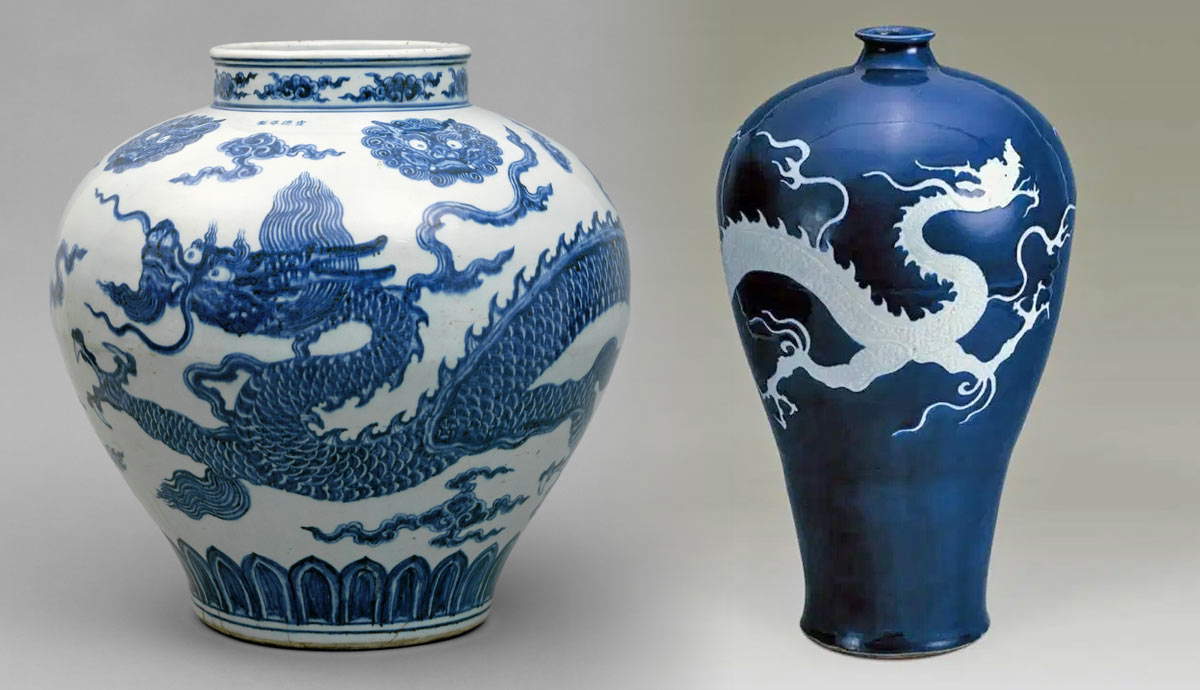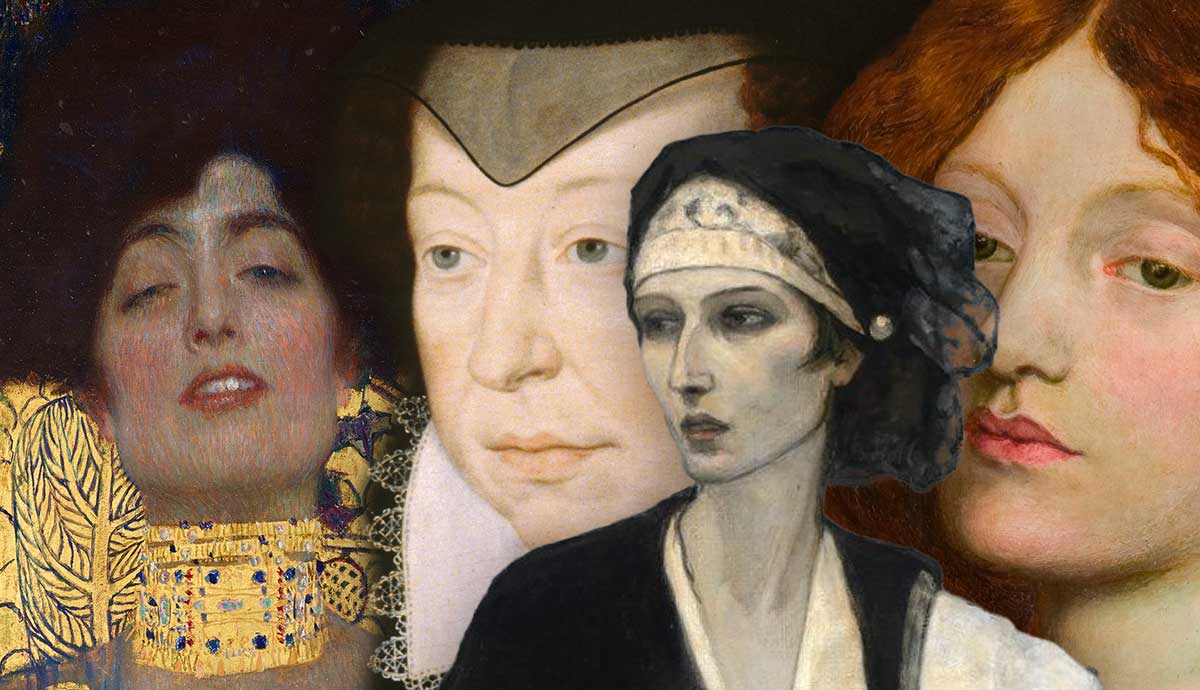
For centuries, women had no access to formal artistic education and the art world, yet they found ways to influence it and secure their places in history. For centuries, women were patrons, collectors, muses, or creators themselves who impacted the art of others. Some of them had ambitions to become living works of art while others just lived their lives the way they used to, inspiring artists. Read on to learn more about six outstanding inspirational women who left their mark on the history of art.
1. Catherine de Medici (1519-1589): Era’s Most Inspirational Woman

Catherine de Medici was the heiress of the all-powerful Florentine dynasty of bankers and politicians, the queen of France, and one of the most famous art patrons in history. The Medici dynasty used art as political propaganda aiming to build their influence and strengthen their power. It also created an image of the Medici as refined intellectual and compassionate rulers who were kind to their people, which was not entirely true. Their influence was built on blood, violence, and bribes, often featuring poisonings and mass murders. Catherine de Medici herself was responsible for the St. Bartholomew’s Day Massacre—the violent pogrom against the French protestants that resulted in the deaths of up to 30,000 people.
Catherine de Medici became the queen of France through her marriage to Henry II. Although the marriage was unhappy, Medici was granted access to royal funds and art commissions. She collected tapestries, maps, and pottery. Oddly, she wasn’t very interested in painting apart from traditional court portraits of her family. Her biggest love was architecture, which allowed her to leave a lasting physical impact on the face of her country by building churches and castles. However, the fame of Catherine de Medici as an art patron was diminished by the constant state of disarray, military conflict, and poverty caused by her inadequate spending of the country’s budget.
2. Elizabeth Siddal (1829-1862)

Elizabeth Siddal was known as a fragile red-haired muse of the Pre-Raphaelites who appeared in countless of their paintings and drawings. She was the ethereal dying Ophelia of John Everett Millais, who almost killed her by forcing her to model in a bathtub with cold water. She was also known as the wife of Dante Gabriel Rosetti.
Siddal embodied the ideal Pre-Raphaelite beauty, balancing on the verge of life and death, with sickness and addiction romanticized to the point of virtue. She suffered from an intestinal disease and tried to relieve the pain with laudanum—a highly addictive mix of opium and alcohol. Her death in 1862 was ruled as an accidental overdose, although some historians believe it was a suicide caused by constant pain and depression.
During her funeral, Rosetti put his book of poetry into Siddal’s coffin, claiming there could be no poems without her. However, seven years later, Rosetti, in dire need of money, ordered to exhume Elizabeth Siddal’s body and retrieve the book. He did not attend the exhumation himself.
Contrary to her status as an artistic muse, Siddal was a promising poet and an ambitious artist. She never had a chance to study art properly so her paintings looked amateur and lacked confidence, yet she demonstrated a great potential that could have surpassed her male colleagues.
3. Adele Bloch-Bauer (1881-1925)

The name of Adele Bloch-Bauer may not be too familiar to you, but you will certainly recognize pieces of art that she inspired. She was the model behind Gustav Klimt’s golden paintings, his muse, and, most likely, his longtime lover. Bloch-Bauer was an intellectual and opinionated woman with left-wing political inclinations. Her weekly salons gathered artists, politicians, and scientists who shared their discoveries and ideas. Bloch-Bauer represented the high society of Vienna.
During the early 1900s, Klimt painted her on numerous occasions. He transformed Adele into a dark and mysterious feminine character like Judith. He also portrayed her as the red-haired woman in his famous painting, The Kiss.
Although the information about their love affair could not be proven with certainty, rumor says that Adele’s husband, a tycoon who was almost twenty years older than her, asked Klimt to make a portrait of his wife after learning about their relationship. He believed that spending too much time together would eventually lead to a breakup. Klimt’s portraits of Adele Bloch-Bauer earned her the nickname Viennese Mona Lisa.
4. Luisa Casati (1881-1957)

The richest heiress of Italy, the mysterious and nightmarish Marchesa Luisa Casati inspired many artists just a century ago. She had an enormous influence on the creatives of her time. The heiress turned her every appearance into a spectacle and amassed a huge art collection. However, Marchesa did not have a particular taste, preferring to collect portraits that depicted her.
Portraiture was her way of expanding her influence towards art salons and public minds, and she barely had to ask to sit for a portrait. Many artists were fascinated by her unusual beauty balancing on the verge of horror. Her tall and slim figure, hair dyed bright red, wide brims of coal around her eyes, and the outrageous dresses made by Paul Poiret and Leon Bakst scandalized crowds and inspired artists. The Futurists wrote poetry about her, Man Ray took photographs of her, and painters created hundreds of works showing the dark queen of decadent Europe. She was famous for wearing live snakes as jewelry and strolling naked through the night in Venice with her pet cheetah taken on a leash.
The egocentric magnificence of Casati turned her into a magnet for all European creatives.
Marchesa’s ambition was to become a living work of art, and she succeeded in it. Yet, this charm hardly ever lasted for long. Those who were unfazed by her visual performance noted that there was nothing substantial behind the dramatic facade. Casati was so focused on demonstrating wealth and eccentricity that she left no room for empathy, intellect, and a non-theatrical personality.
5. Ida Rubinstein (1883-1960)

Ida Rubinstein was a legendary performer and muse who questioned concepts of sexuality, gender, and conventional norms. Her exceptional personality, provocative and decadent appearance, inspired works of art, including paintings and poems, and instilled fear in her respectable Jewish-Ukrainian family. Back home in Saint Petersburg, she staged a private performance of Oscar Wilde’s Salome, where she danced completely naked. Outraged by her behavior, the Rubinsteins locked their daughter in an asylum, but she managed to escape and settle in Paris.
In Paris, she collaborated with Leon Bakst and Sergei Diaghilev. Numerous artists painted Rubinstein’s portraits, but her name is still closely associated with that of Romaine Brooks, the famous American-born portrait painter. Brooks willingly isolated herself from the artistic mainstream of her time without chasing fashionable art movements or important galleries. Her work was the manifestation of the world of queer women in Paris, their habits and ways. Her gray-toned portraits showed a deep understanding of psychology and a realistic no-nonsense outlook on life.
However, with the appearance of Ida Rubinstein in her life, Brooks’ work took an unexpected Symbolist turn. The slim figure of the dancer balanced on the verge of life and death and turned into an allegorical depiction of forces of nature. Their relationship lasted three years, yet Brooks’ obsession with Rubinstein lasted much longer. Years later, the artist complained she could not get rid of the dancer’s features in her paintings, destroying her canvases over and over again.
6. Marilyn Monroe (1926-1962): The Influential Woman Behind the Celebrity Facade

Marilyn Monroe, one of the most important actresses of the 20th century, has been turned into an archetype of the dark side of fame and glory. Born into a poor family, she spent her childhood in orphanages and foster homes. Her first marriage at the age of sixteen was shattered by boring housewife duties and her husband’s opposition to her acting career. Despite her international fame and glory, Monroe’s life was full of exploitation and abuse. She had no control over her public image or work, with her studio managing every aspect of her life.
Apart from the silkscreen prints of Andy Warhol, Monroe’s image found its place in the works of many modern and contemporary artists. These reflections were not about her personality as it was, but rather about her public image that completely devoured the real Norma Jeane Mortenson. In the work of American photorealist Audrey Flack, Monroe’s image was used to reinvent the genre of vanitas—the early-modern genre of still-life painting expressing the futility of earthy pleasures and physical existence. The photographs of Marilyn Monroe in her pre-stardom years contrast with the glossy magazine image of her as a sex symbol, hinting at the impermanence of life and the dehumanization of a celebrity.
